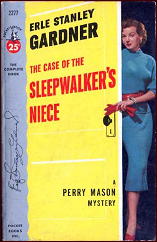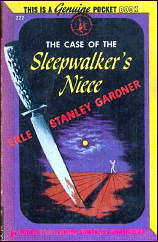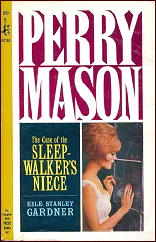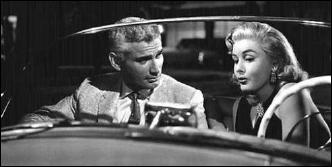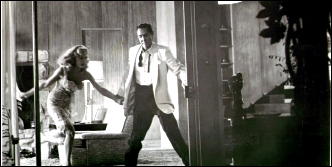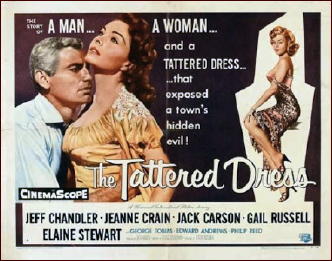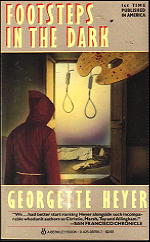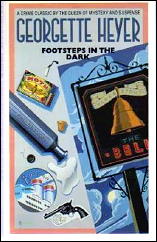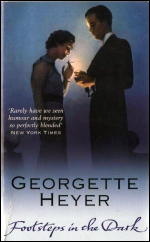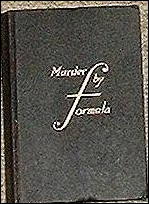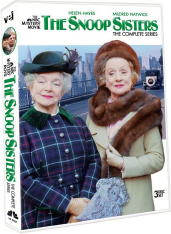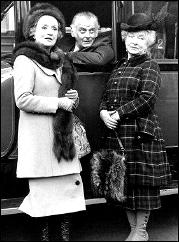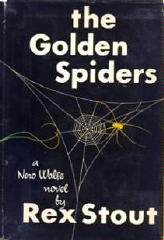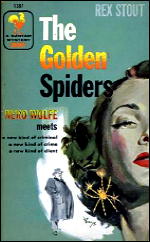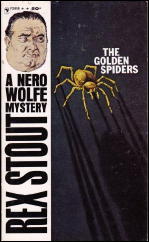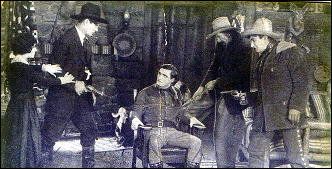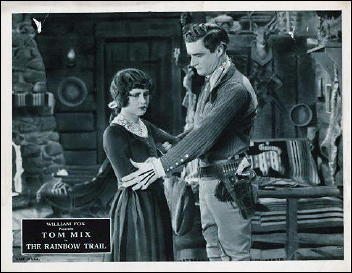REVIEWED BY MICHAEL SHONK
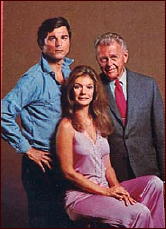
THE MOST DEADLY GAME. ABC / Aaron Spelling Productions. 10 October 1970 through 16 January 1971. Created by Mort Fine and David Friedkin. Executive Producer: Aaron Spelling. Cast: Ralph Bellamy as Mr. Arcane, George Maharis as Jonathan Croft and Yvette Mimieux as Vanessa Smith.
“Murder is the most deadly game. These three criminologists play it.†The Most Deadly Game featured three criminologists working together to solve only the most unusual crimes.
Before we get to the series itself, lets deal with its back story. The series original title was Zig Zag, and was listed as a pilot for ABC in Broadcasting (November 17, 1969). It was an Aaron Spelling production with no cast mentioned but the “key creative people†were listed as David Friedkin, Mort Fine, Joan Harrison and Aaron Spelling.
Over at the Thrilling Detective website, an article by Ted Fitzgerald cites Ric Meyers’ TV Detective (A. S. Barnes & Co., 1987) claim that Eric Ambler (Checkmate) created Most Deadly Game. Producer Joan Harrison was married to Ambler, but I have found no evidence that Ambler and not Mort Fine and David Friedkin created the series.
In Broadcasting (March 2, 1970), Zig Zag appeared on the announced ABC fall schedule for September 1970. It was to air on Saturdays at 9:30-10:30pm (Eastern) and listed Ralph Bellamy, George Maharis, and Inger Stevens as the cast.
The three were promoting the series when on April 30, 1970, Inger Stevens was found dead.
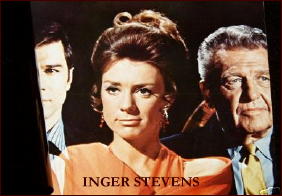
The series executive producer Aaron Spelling had produced a TV movie called Run Simon Run (December 1, 1970, ABC) that starred Burt Reynolds and Inger Stevens. During the picture the two stars became romantically involved.
Aaron Spelling wrote (with Jefferson Graham) in his book Aaron Spelling: A Prime Time Life (St. Martins, 1996):
She was so beautiful and vulnerable, we created a series for her,
The Most Deadly Game, and we really felt like we had a winner.
Inger, George Maharis, and Ralph Bellamy starred as a trio of great criminologists who dealt only in unusual murders (i.e., the most deadly game). After we completed the pilot and sold the show, Burt and Inger broke up, and a few days later, Inger, who had a history of personal problems and had attempted to commit suicide in 1959, tried again, and this time she was successful.
We recast the part with Yvette Mimieux, reshot the pilot, and missed our September airdate, premiering instead a month later than usual, but we were dead on arrival. The show just had a feeling like it was damned. We couldn’t recover from the negative publicity.
While a fifteen-minute presentation film of Zig Zag (with Stevens) still exists, no completed pilot has been found. Currently, YouTube has an early ABC promo that may be from the presentation reel:
https://www.youtube.com/watch?v=vXsjEAqIfVA
In Broadcasting (April 3, 1970), the series was still called Zig Zag. Stevens’ obit in Broadcasting (May 11,1970) called the series The Most Deadly Game.
Another problem facing the series before it even began was its time slot, opposite the popular NBC Saturday Night at the Movies and CBS’s Mary Tyler Moore Show and the first half hour of Mannix.
ABC was last in the ratings. Broadcasting (November 16,1970) noted that in the “latest Nielsen report†nine of the bottom twelve series in the ratings were on ABC and one of them was The Most Deadly Game. After just a month on the air, ABC cancelled the series.
I have seen four of the twelve episodes (thirteen if you count the missing pilot “Zig Zagâ€):
“Breakdown” (10/31/70) Written by Leonard B. Kaufman. Directed by George McCowan. Produced by Joan Harrison. Guest Cast: Jessica Walters, Tom Bosley, Joe Don Baker, and Terry Carter. *** A corporate psychiatrist is murdered. The company boss hires Arcane to solve the murder so the company can get rid of the nosy cops. Conveniently that weekend there was a psychological retreat scheduled where the five most likely suspects would spend seventy-two hours role-playing and talking about themselves. Jonathan and Vanessa go undercover. It ends with an unbelievable role-playing confession, then a chase and fight.
Opening of the episode “Breakdownâ€:
https://www.youtube.com/watch?v=J1V3VW0yTE4
Early scene from “Breakdownâ€:
https://www.youtube.com/watch?v=u7V8vLv7IYI
“Photo Finish.” (11/14/70) Written by John McGreevey. Directed by Norman Lloyd. Produced by Joan Harrison. Guest Cast: Marlyn Mason, Eileen Brennan, and Stephen Young *** Someone named ‘Scorpio, Mars In The Eighth House’ is sending Arcane pictures of murder victims and begging Arcane to stop him or her.
The astrology gimmick is used for act break graphics, but the killer never mentions astrology, not even during the cliché nut-job confession scene at the end. Arcane does not tell the police about the photos he is receiving from his murderous Pen-pal despite the fact people keep dying. Three victims and they figure out motive, but a missed guess of identity of the killer puts Vanessa and friend in danger.
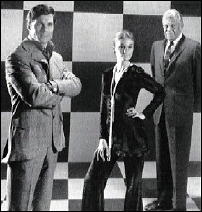
“War Games.” (11/28/70) Written by Jack Miller. Directed by Lee Madden. Produced by David Friedkin and Morton Fine. Guest Cast: Barbara Luna, Pat Harrington Jr., Billy Dee Williams, Dan Travanty (later known as Daniel J. Travanti of Hill Street Blues) and Peter Brown. *** The police believe Jonathan killed his former military commander who had been shot while recreating battles with toy soldiers (the cops are looking for a 38 caliber gun, unaware the murder weapon was a toy cannon).
Four men, who with Jonathan had survived a suicide mission ordered by the Colonel, all confess to killing the old man. This ruins the cop’s day, as now he has to find actual evidence. Add the wife and you have your required five suspects. Heavy-handed clues make the motive obvious and the ending a major letdown.
“Lady from Praha.” (1/9/70) Written and Produced by David Friedkin and Mort Fine. Directed by Gene Nelson. Guest Cast: Bert Convy, May Britt, Brenda Benet, and Hank Brandt *** A foreign spy is killed during a foxhunt. His government hires our three because it believes the American government did it. They are given five suspects to check out.
The spy angle then is virtually ignored. Actions make little sense as the killer tries to kill Jonathan for no reason other than the writer needed an act break. There is a locked room mystery that lasts only a couple of scenes and has a lame solution. (No one would notice a bellboy leaving a hotel room.)

The clues are so clumsy and obvious we know who the killer is long before our brilliant criminologists. Then when they finally figure it out, no one tells the police. Instead Jonathan goes macho and runs off alone to get revenge and nearly gets killed. But all ends well, and Arcane happily looks on as Jonathan and Vanessa share a romantic moment.
Ralph Bellamy gave his usual professional if not exciting performance as Mr. Arcane, wise respected criminologist and father figure to his two young protégé.
George Maharis played Jonathan Croft as the typical condescending macho hero of the era. Jonathan was a widower with a growing romantic interest in his co-detective Vanessa.
Vanessa Smith had a growing romantic interest in Jonathan as well. As a young girl her father had been executed for a crime he had not committed. Arcane, who had been too late proving her father innocent, had taken Vanessa in and raised her. Vanessa was no Emma Peel. A girl’s girl but independent, she may let Jonathan handle the fights, but she insisted on doing her part taking on danger.
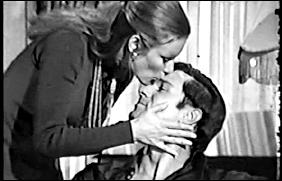
Watching Yvette Mimieux as Vanessa Smith walk through a room was the highlight of the series. They never used “that†camera angle on Joe Mannix, and for good reason.
The Most Deadly Game wanted to be a traditional mystery in a television world that depends more on characters than plot. It was a two-hour mystery shoved into a sixty-minute time slot. There were too many suspects, too many pointless red herrings, and too many series regulars to develop for any quality mystery to survive.
Clues such as the killer using an exotic astrology name need to mean something. Red herrings are fine but they still have to be explained.
We needed to believe in our main characters. They needed to be special, they should be brilliant criminologists, not bumbling around clueless or even worse wrong. They don’t have to work with the cops, but no one should die while they are withholding evidence.
The Most Deadly Game is available only in the collector market. The series is not worthy of recommendation, but worthy of regret that it could have been so much better.
Additional Sources:
Thrilling Detective
Inger Stevens Memorial Site
